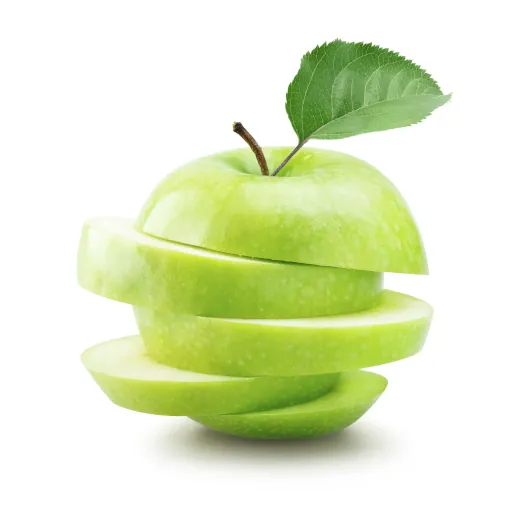How to Improve Iron Absorption?
Iron is one of such essential minerals that our body requires. It keeps the brain healthy and in good shape, as well as helping in producing red blood cells. You might already know that hemoglobin carries oxygen throughout your bodies. An iron deficiency in the body is a condition in which blood lacks adequate healthy red blood cells. Red blood cells carry oxygen to the body's tissues. As the name implies, iron deficiency anemia is due to insufficient iron.
Thus, it is vital to consume iron rich food into your diet. Foods like red meat, chicken, and fish, can help to prevent iron deficiency anemia. These are iron rich foods, which can help to maintain a healthy and strong body. Eating a balanced diet and exercising regularly can also help to ensure a good intake of iron.
Symptoms of Iron Deficiency
Iron deficiency, a common nutritional disorder, can significantly impact overall health and well-being. Recognizing the symptoms early is crucial for timely intervention and treatment.
Here are some key symptoms to be aware of:
1. Fatigue and Weakness: Persistent tiredness and lack of energy are often the first signs of iron deficiency, as iron is essential for producing hemoglobin, which carries oxygen in the blood.
2. Pale Skin: A noticeable paleness in the skin, particularly in the face, lower inner eyelids, and nails, can indicate low iron levels.
3. Shortness of Breath: Experiencing difficulty breathing, especially during physical activity, can be a symptom of iron deficiency due to reduced oxygen transport.
4. Dizziness and Headaches: Frequent headaches and a feeling of lightheadedness may occur when the brain receives less oxygen due to low iron levels.
5. Cold Hands and Feet: Poor circulation resulting from iron deficiency can lead to constantly cold extremities.
6. Brittle Nails and Hair Loss: Weak, brittle nails and excessive hair loss can also signal a deficiency in iron.
7. Restless Legs Syndrome: An uncomfortable urge to move the legs, often accompanied by strange sensations, is linked to iron deficiency.
Recognizing these symptoms and seeking medical advice can help in diagnosing and treating iron deficiency effectively.
Iron-Rich Foods you should Add in your Diet
If you are vegetarian, tofu, whole grain, Legumes, dark chocolate and seeds and nuts are the high source of iron. 100 grams of spinach contains 2.7 mg and tofu contains 5.4 mg of iron. Whole grain-Oats contain 4.7 mg of iron while quinoa contains 1.5 mg of iron.100 grams of dark chocolate contains 6.32 mg of iron. Legumes like peas, lentils, chickpeas, soybeans, and different types of beans, all are good sources of iron, approximately 3.3mg of iron. 100 grams of pumpkin seeds contain 3.3 mg of iron, sesame seeds contain 14.6 mg and flaxseed contain 5.6 mg of iron. Dryfruits, 100 grams of pistachios contain 3.9 mg of iron while cashews contain 6.7 mg of iron. Almonds contain around 5.4 mg iron per 100 grams.
For non-vegetarian
Shellfish are rich sources of iron. 100 grams of clam contains 13.98 mg of iron while oyster contains 5.1 mg of iron. Seafood, poultry and red meat are a great source. 100 grams of red meat like ground beef contains 2.7 mg of iron., 100 grams of chicken contains 1.3 mg of iron.
The human body is unable to excrete excess iron, which leads to this iron storage in various organs of the body, like the pancreas, liver and heart, which may give rise to organ failure and damage. Therefore, it is important to maintain a balanced diet that includes adequate amounts of iron-rich foods but also limits iron intake to reduce the risk of iron overload.


